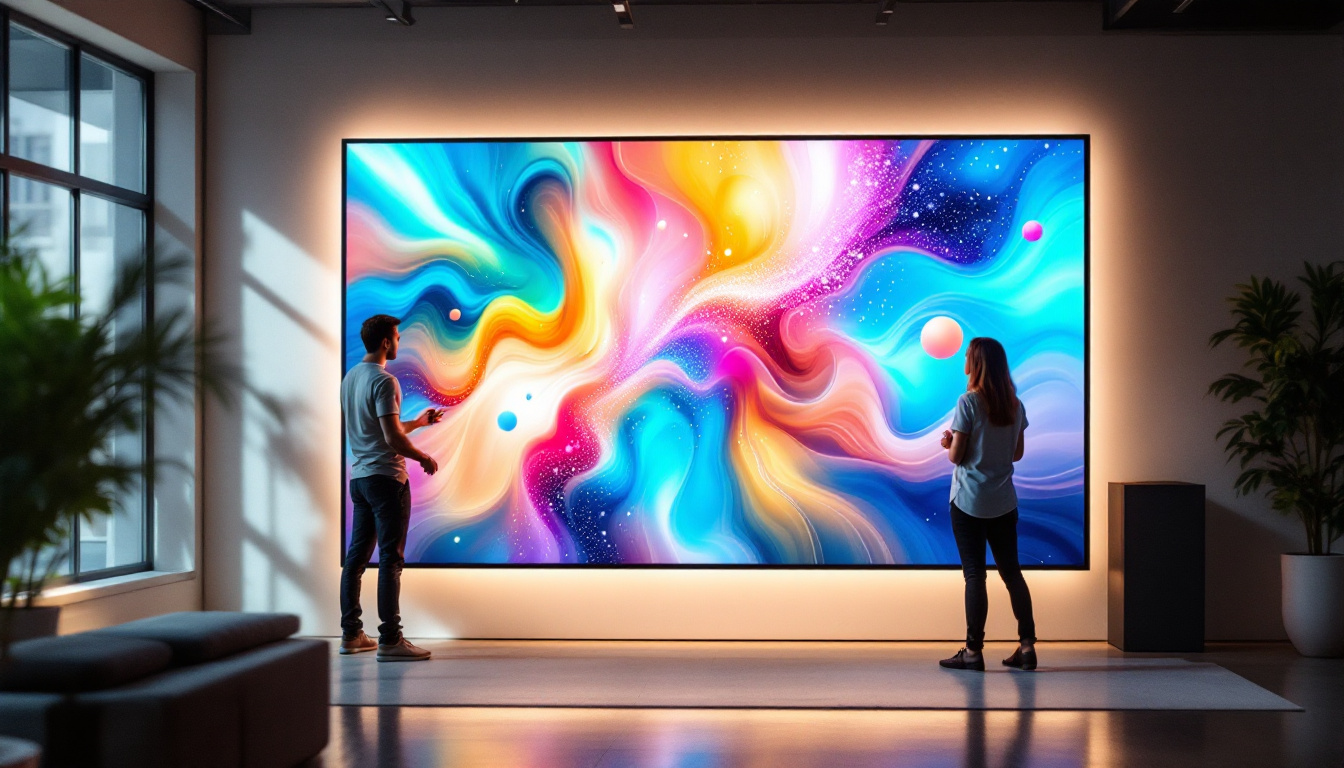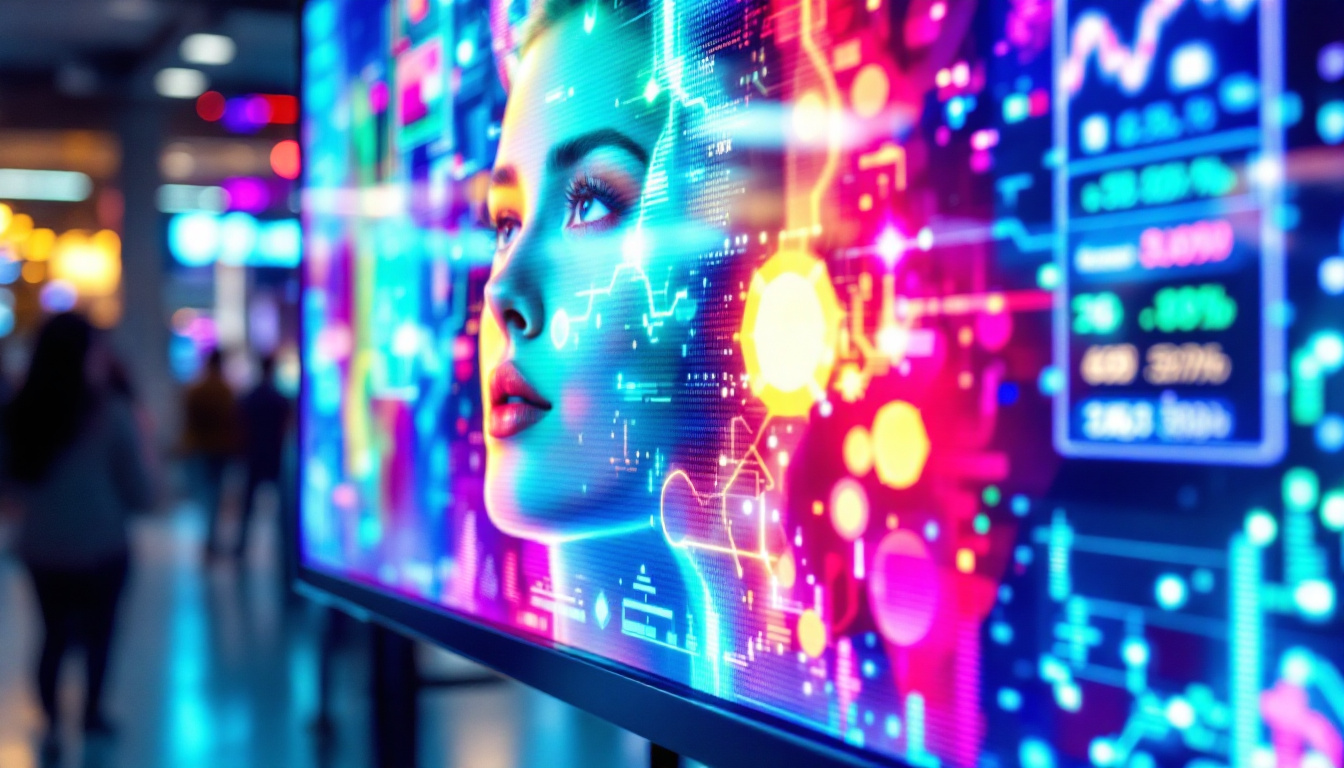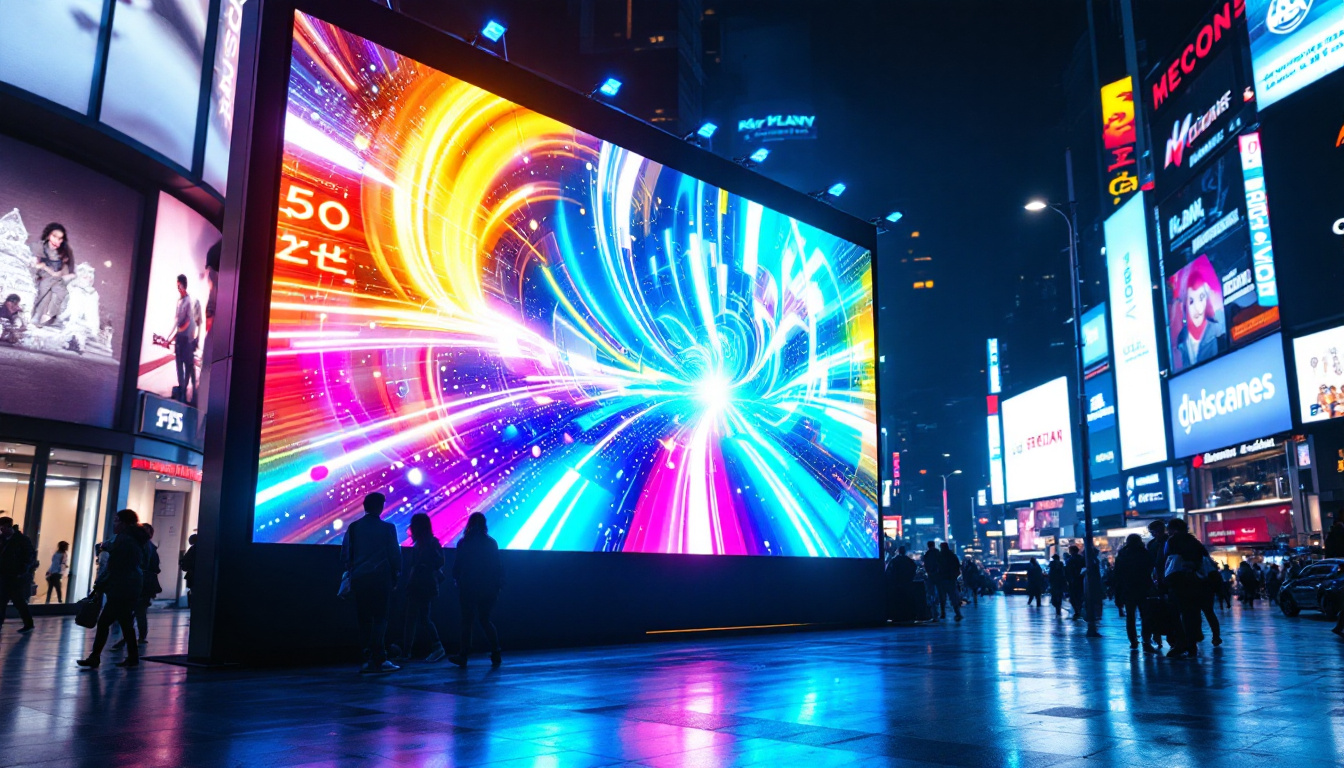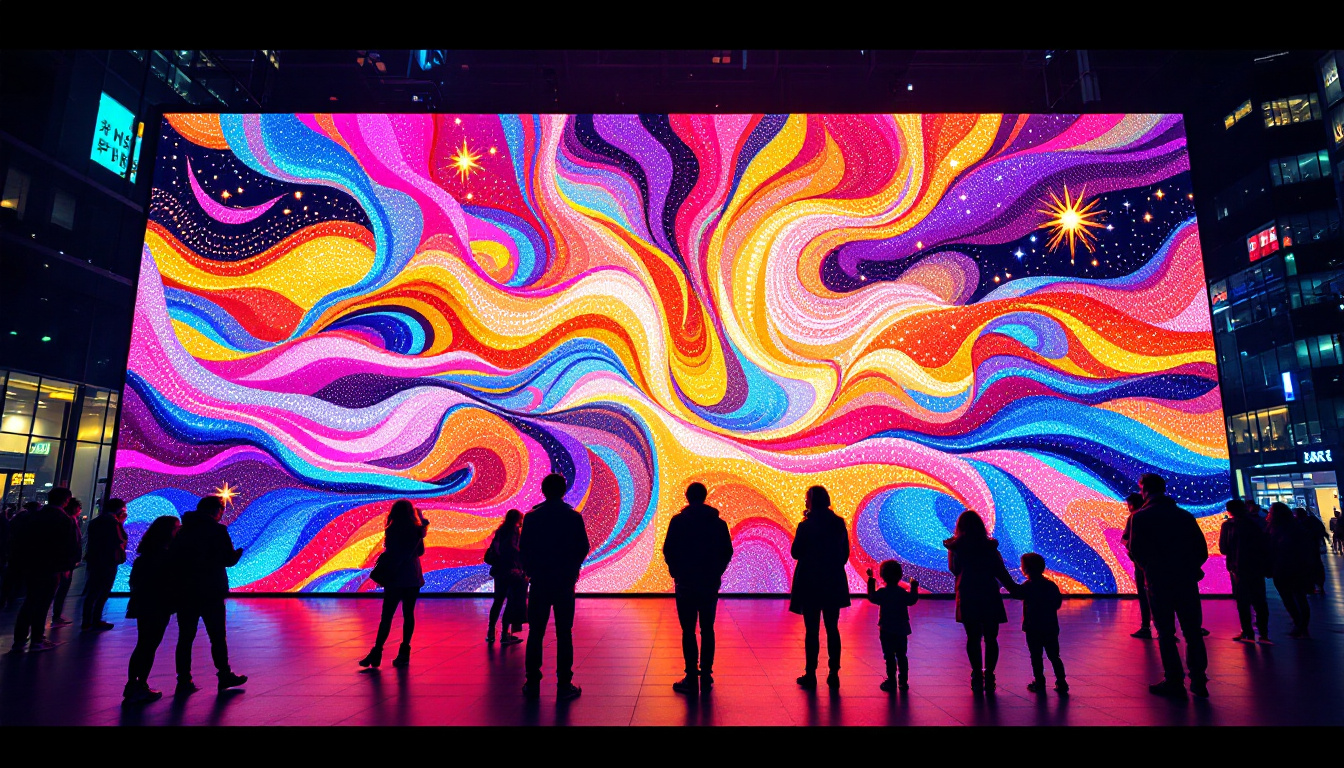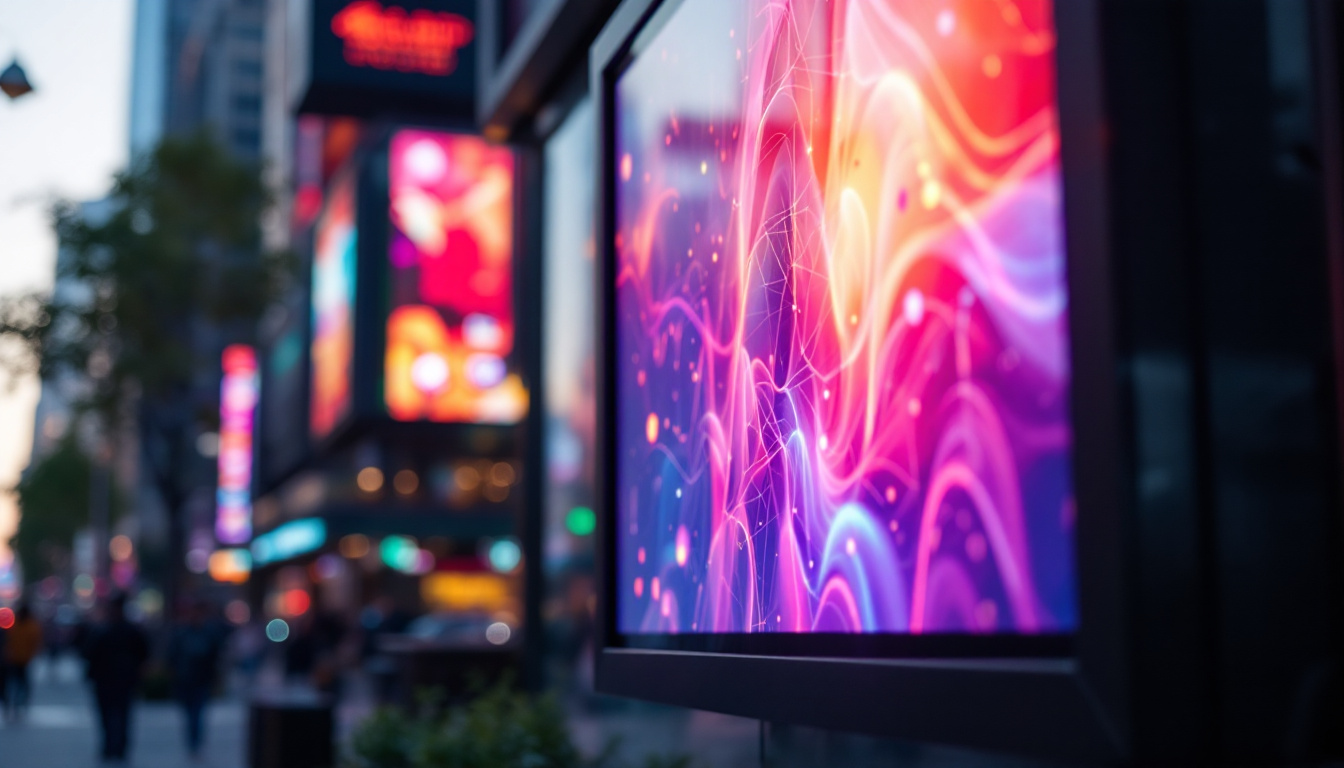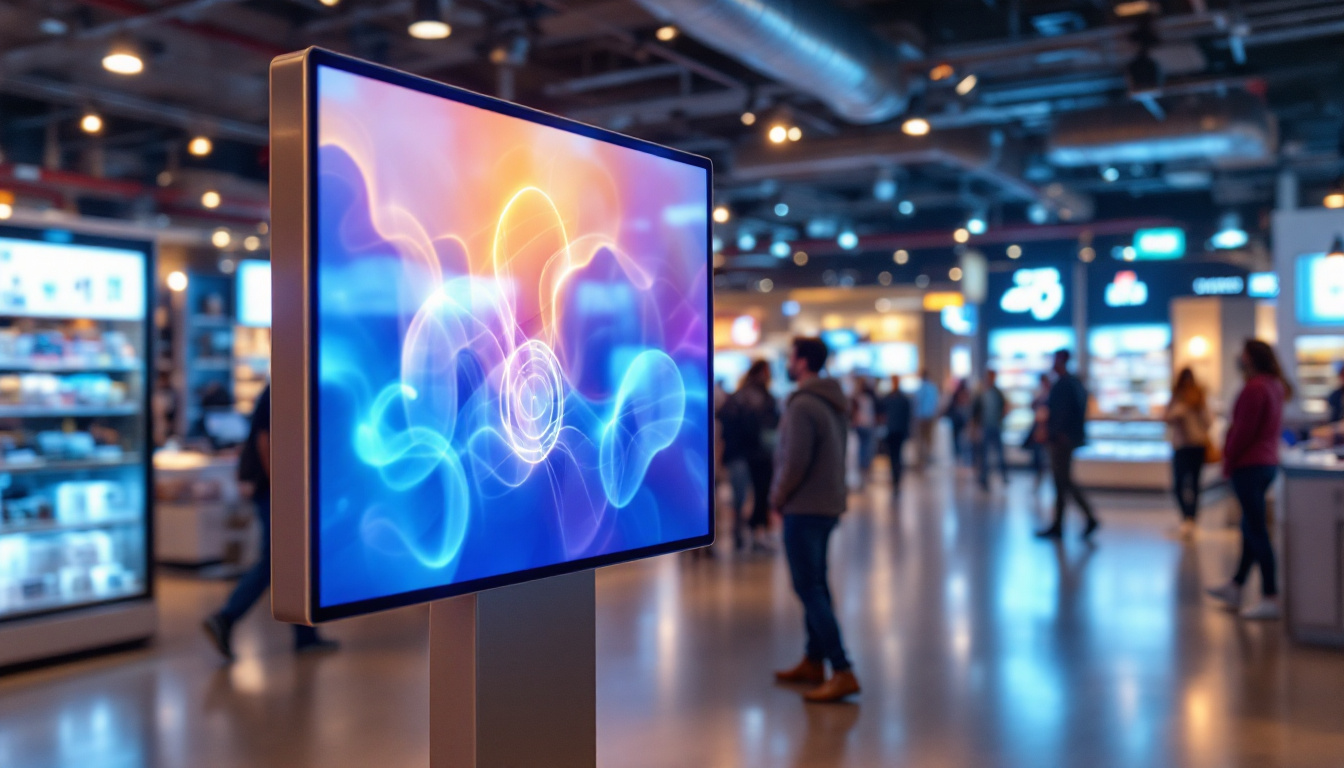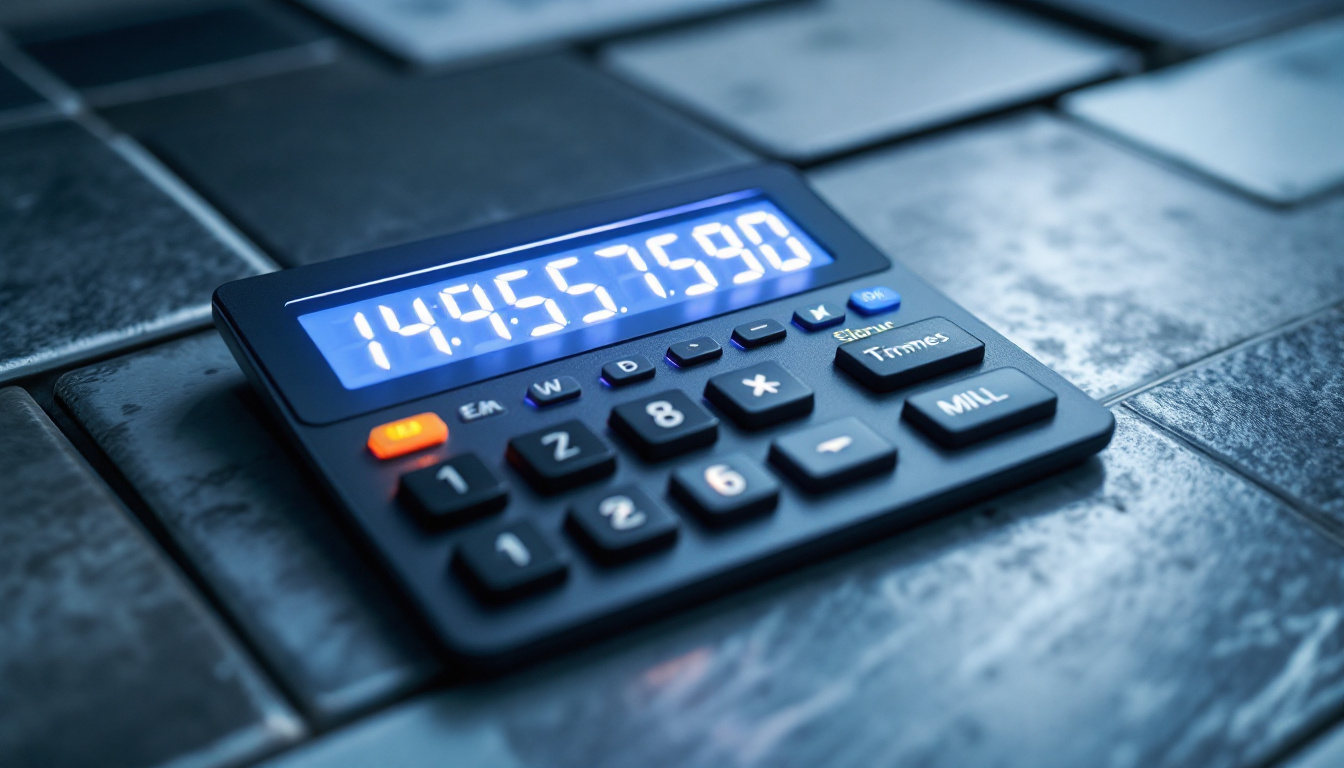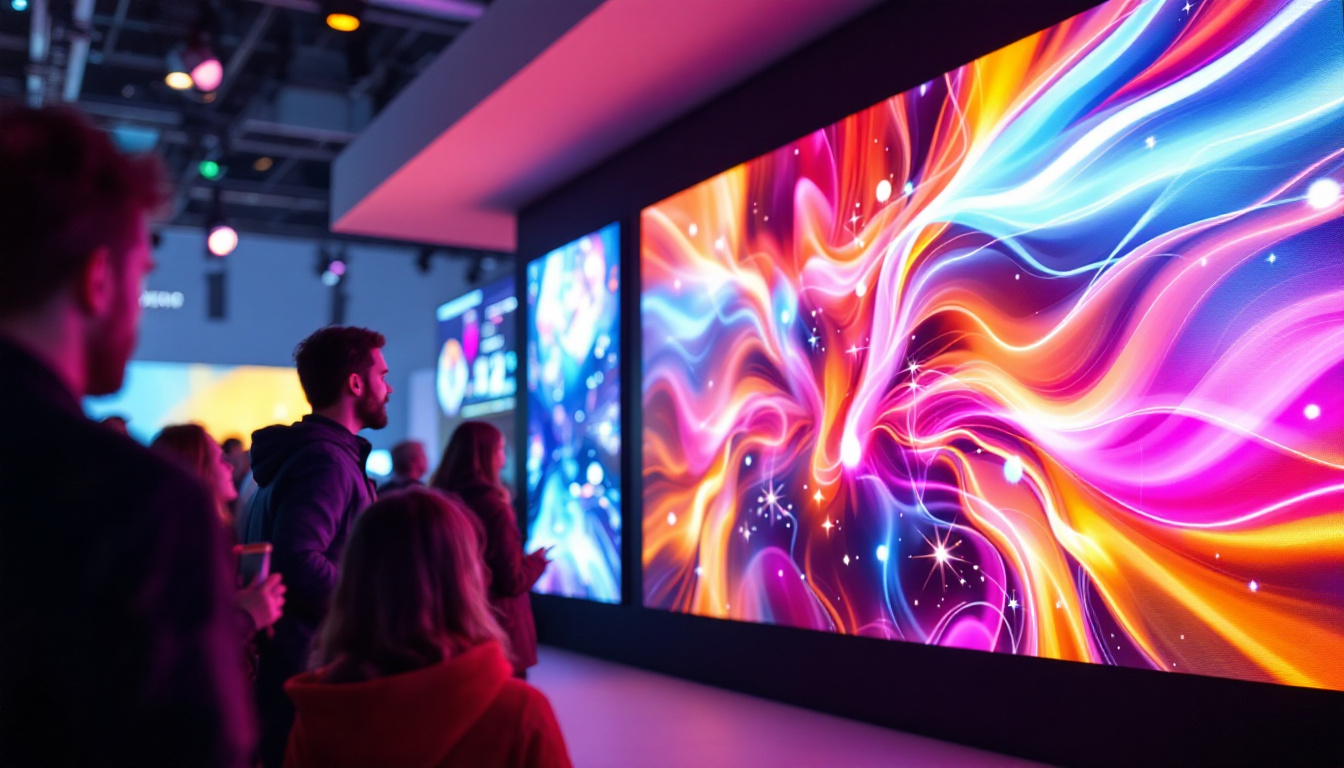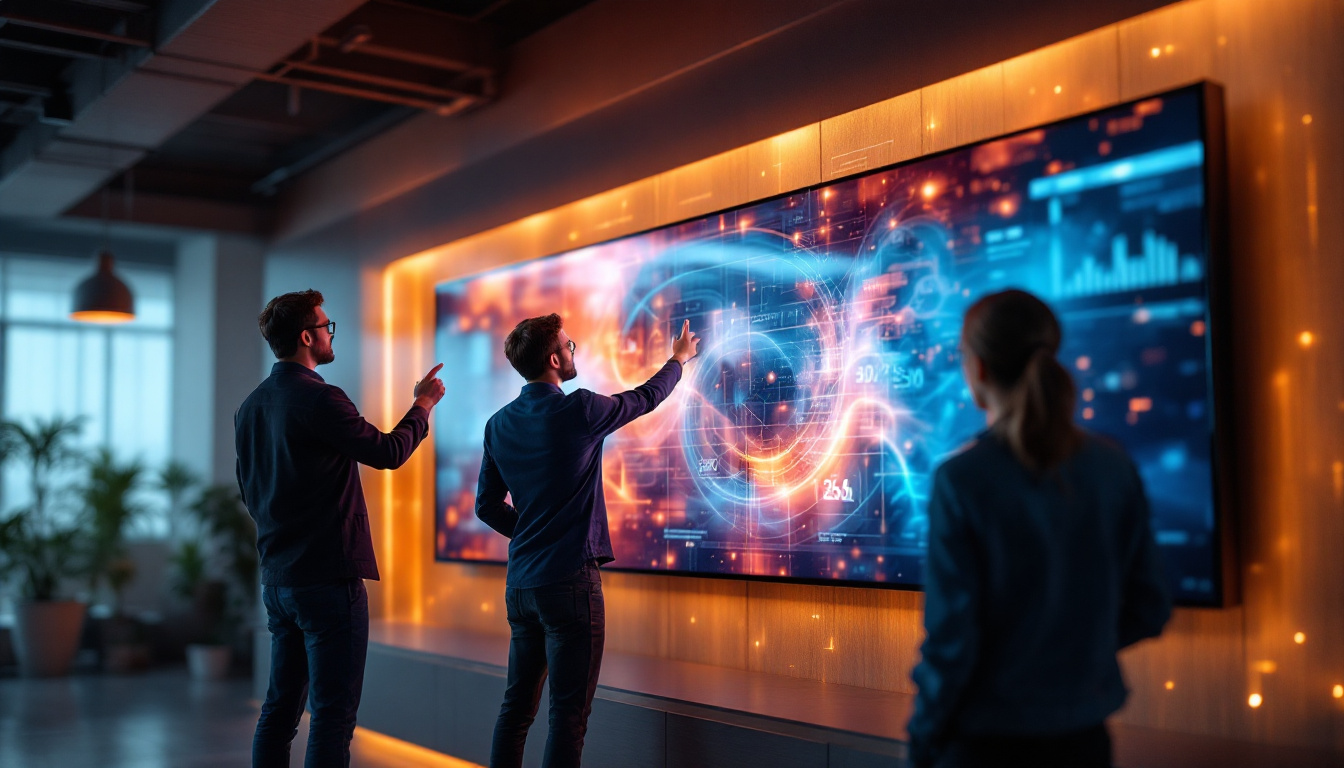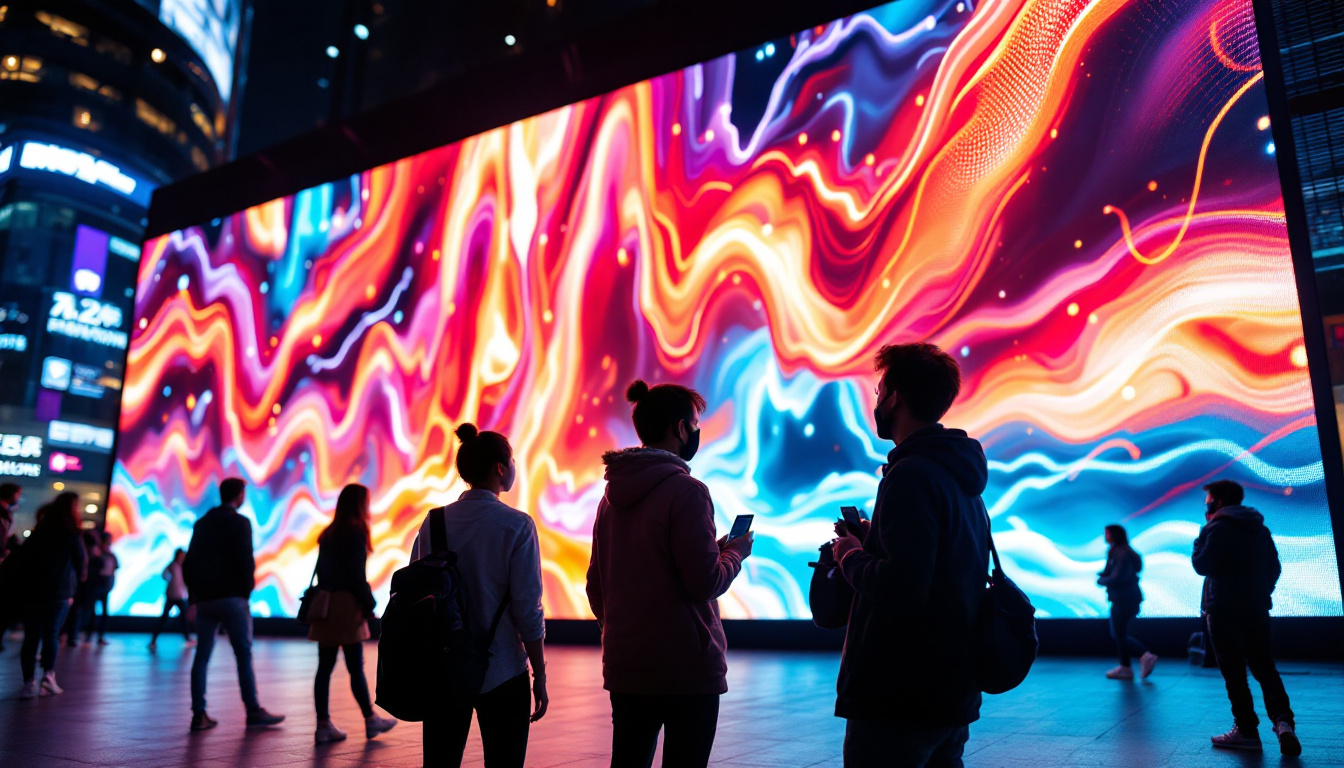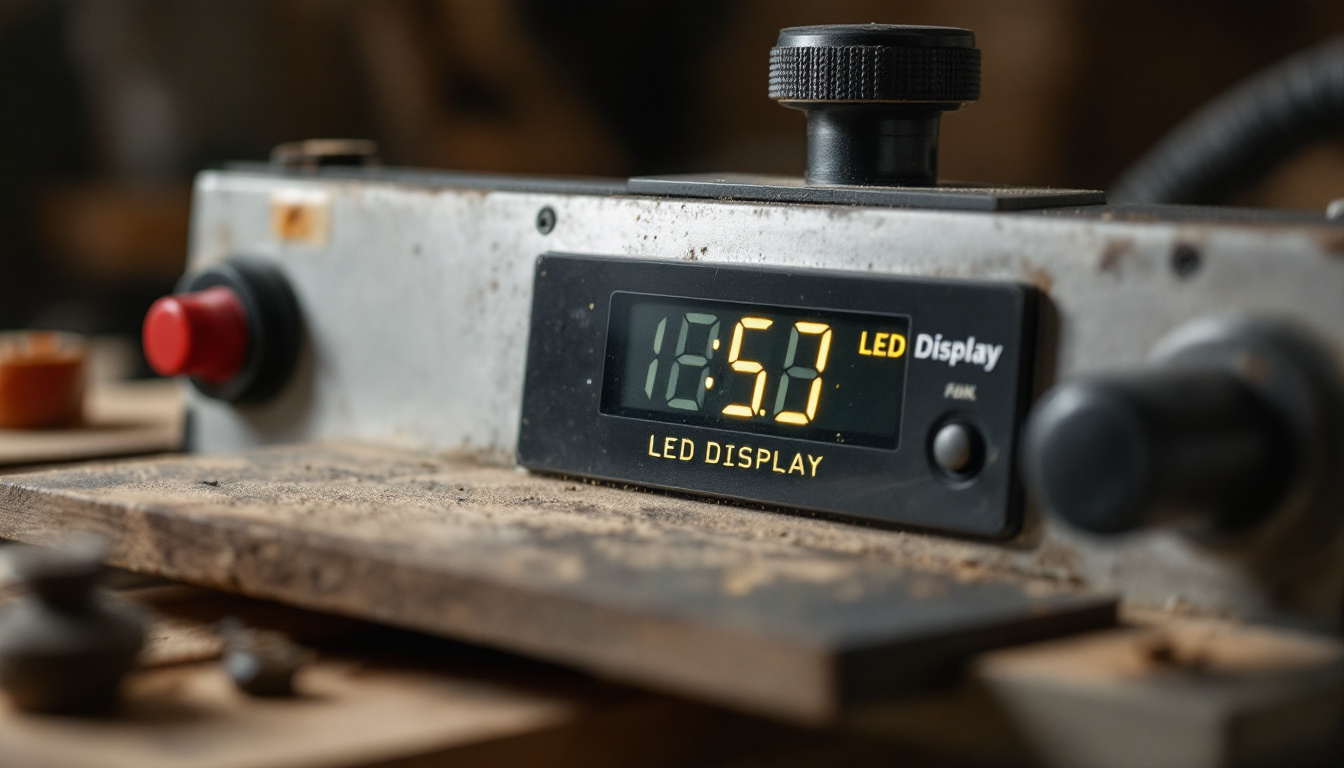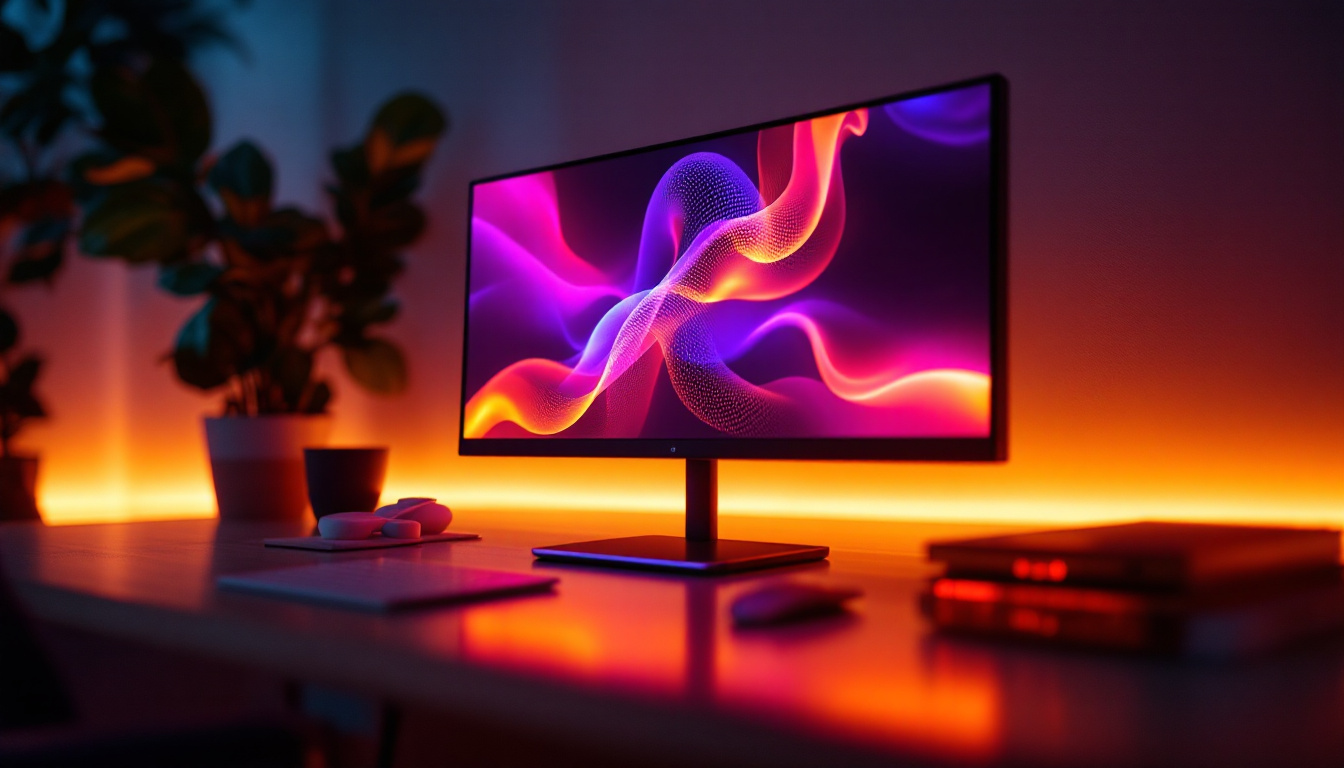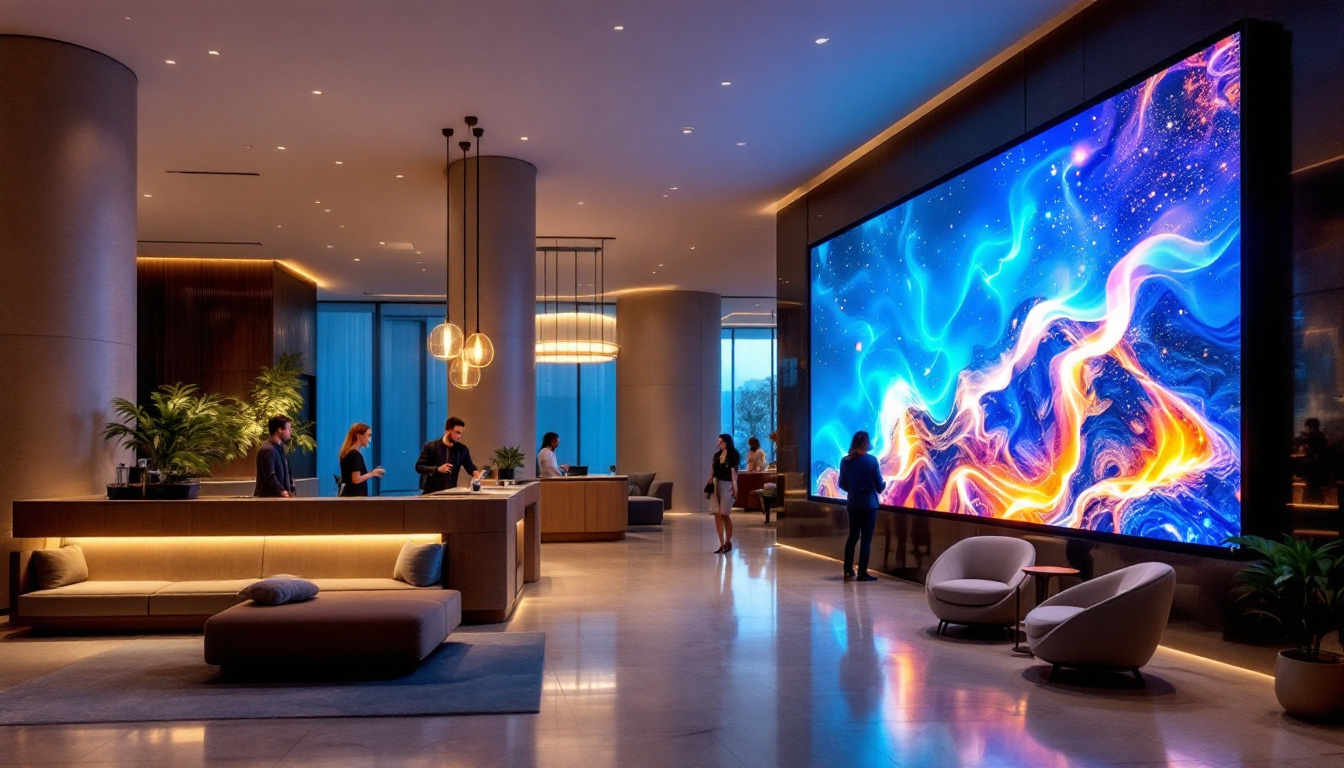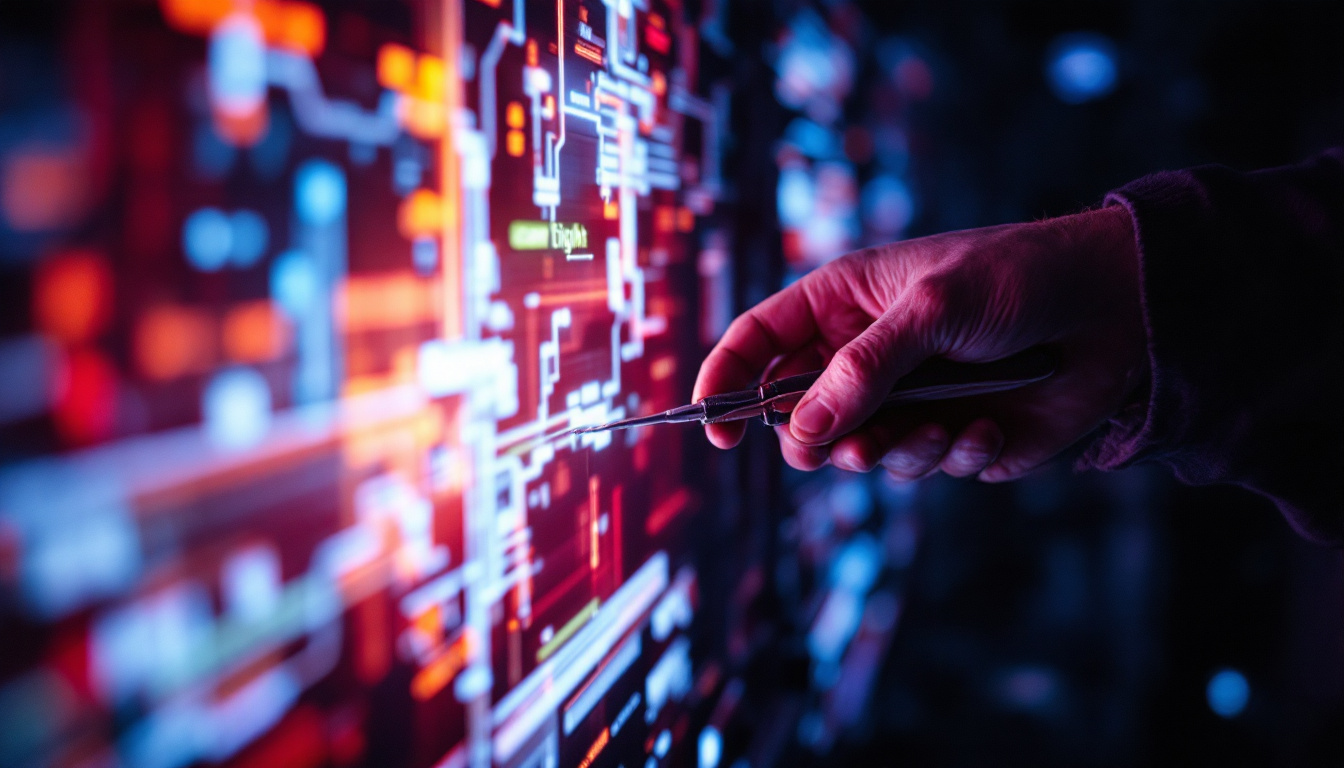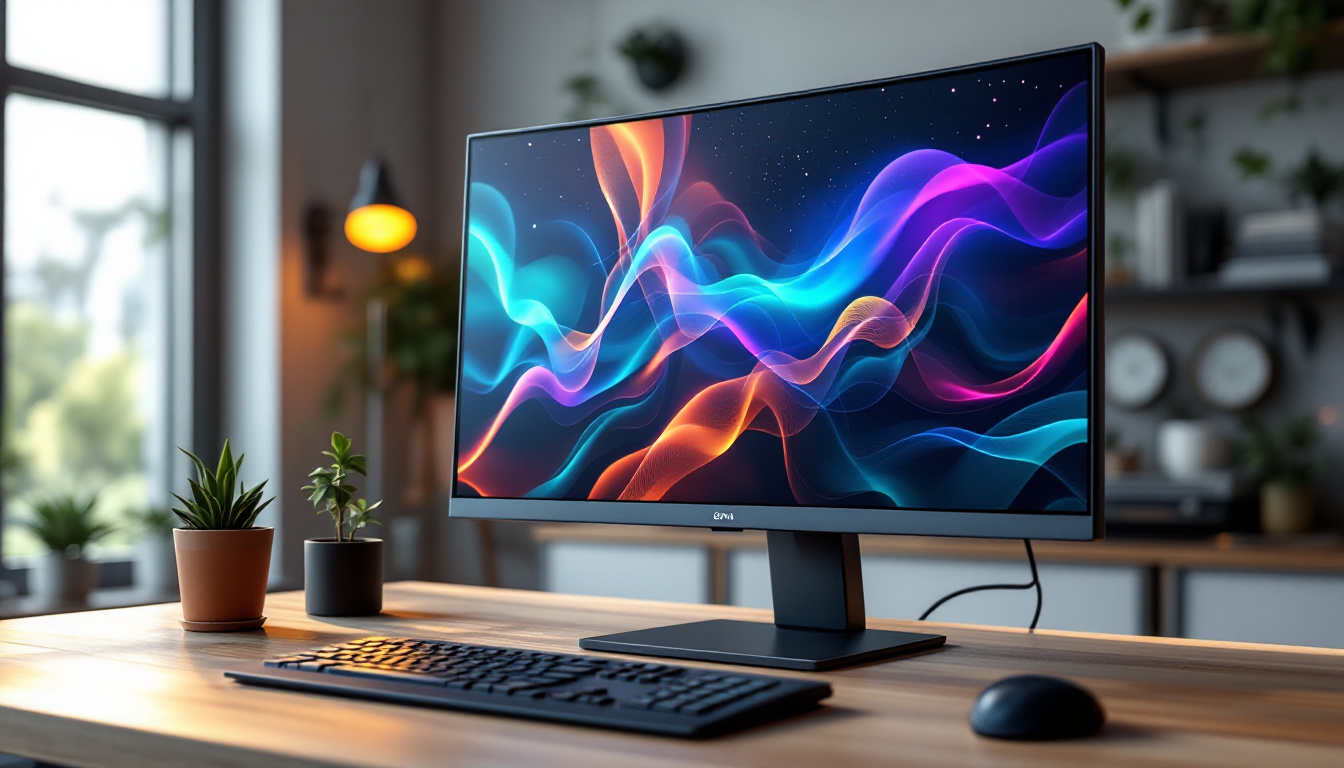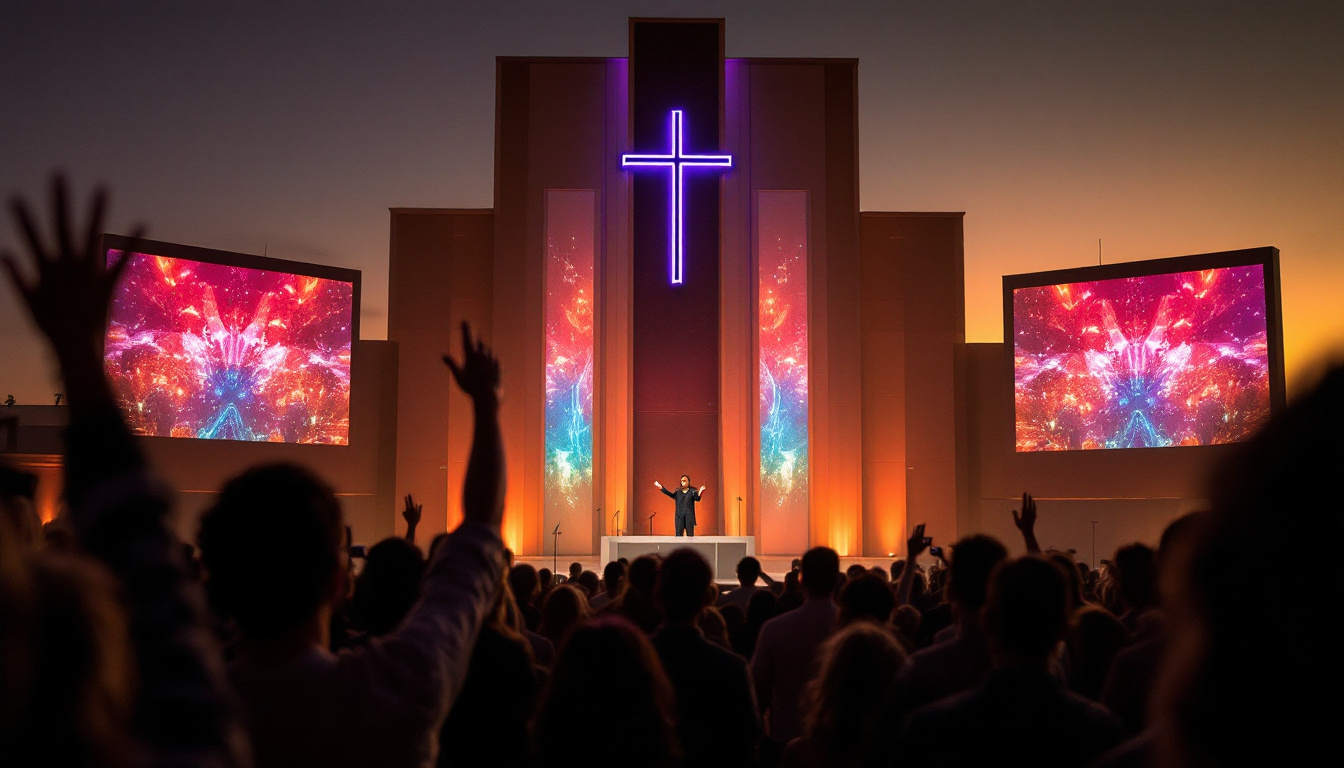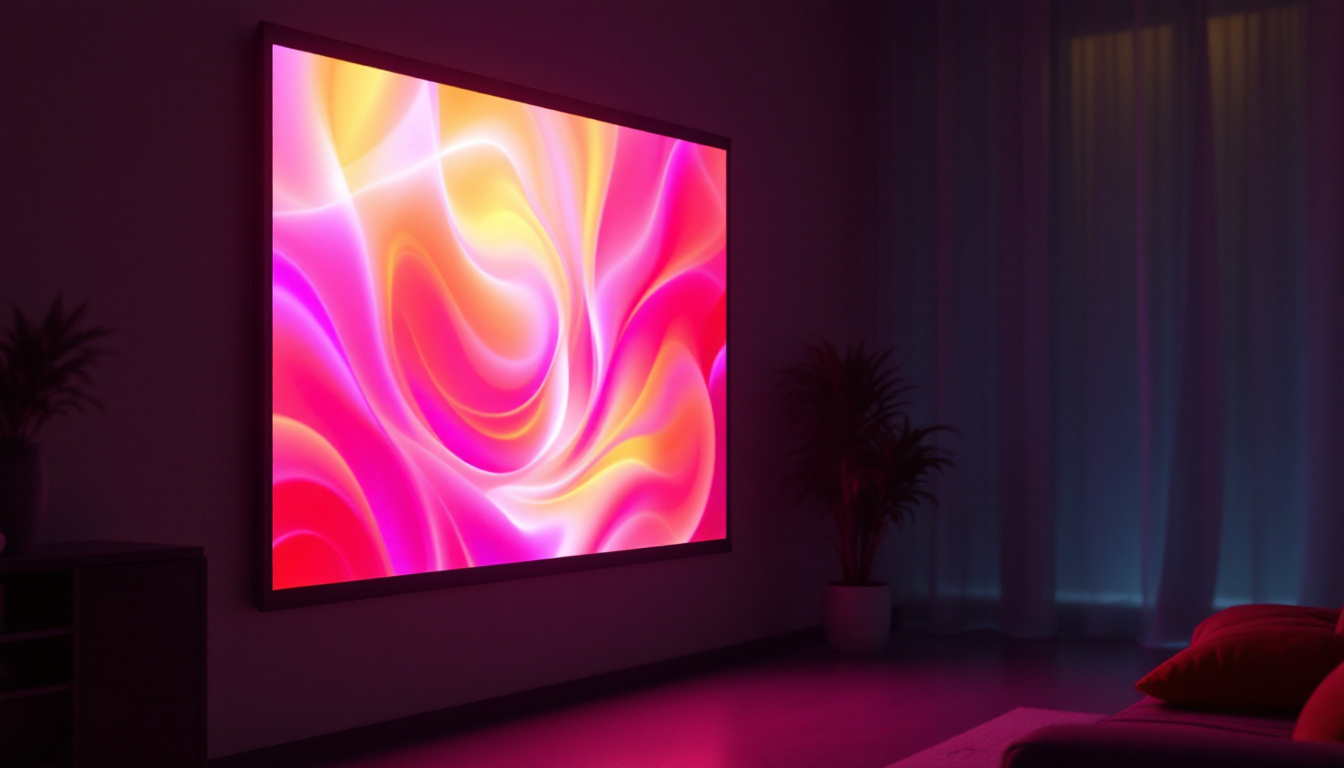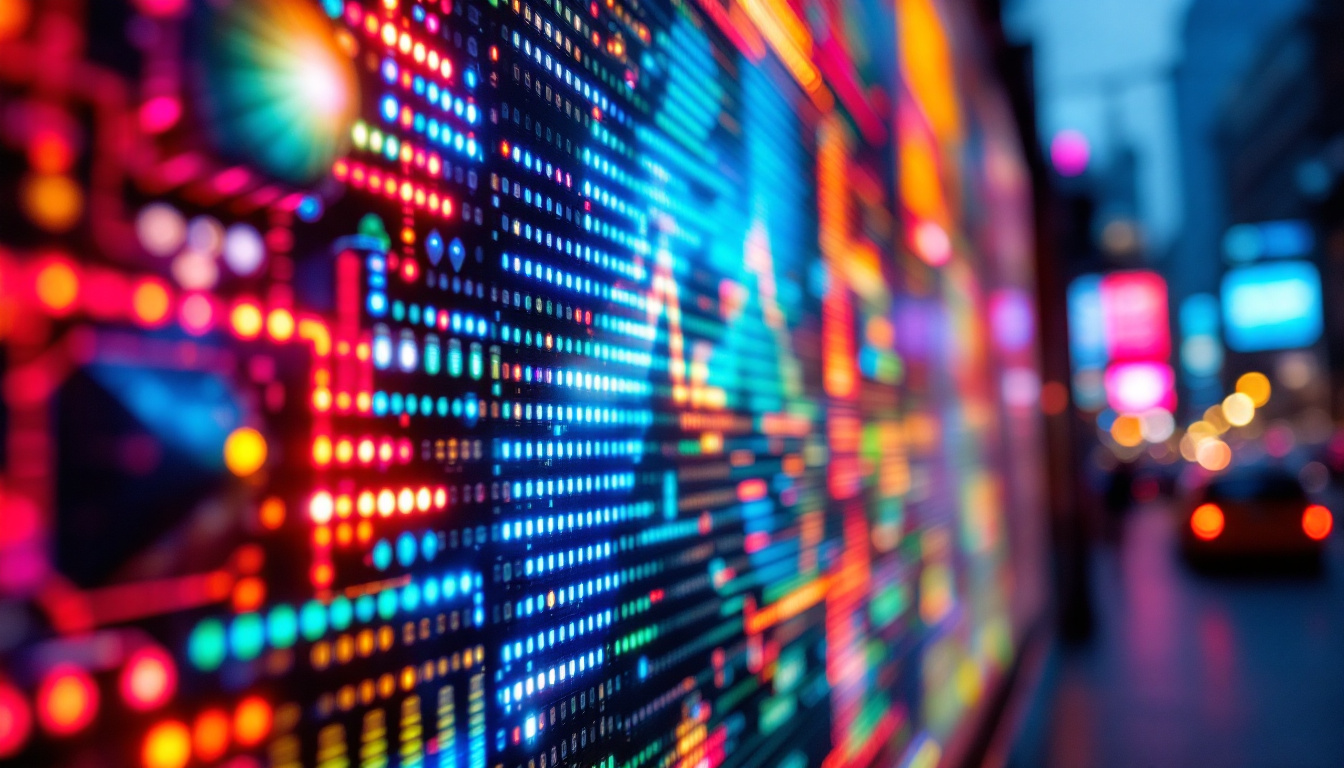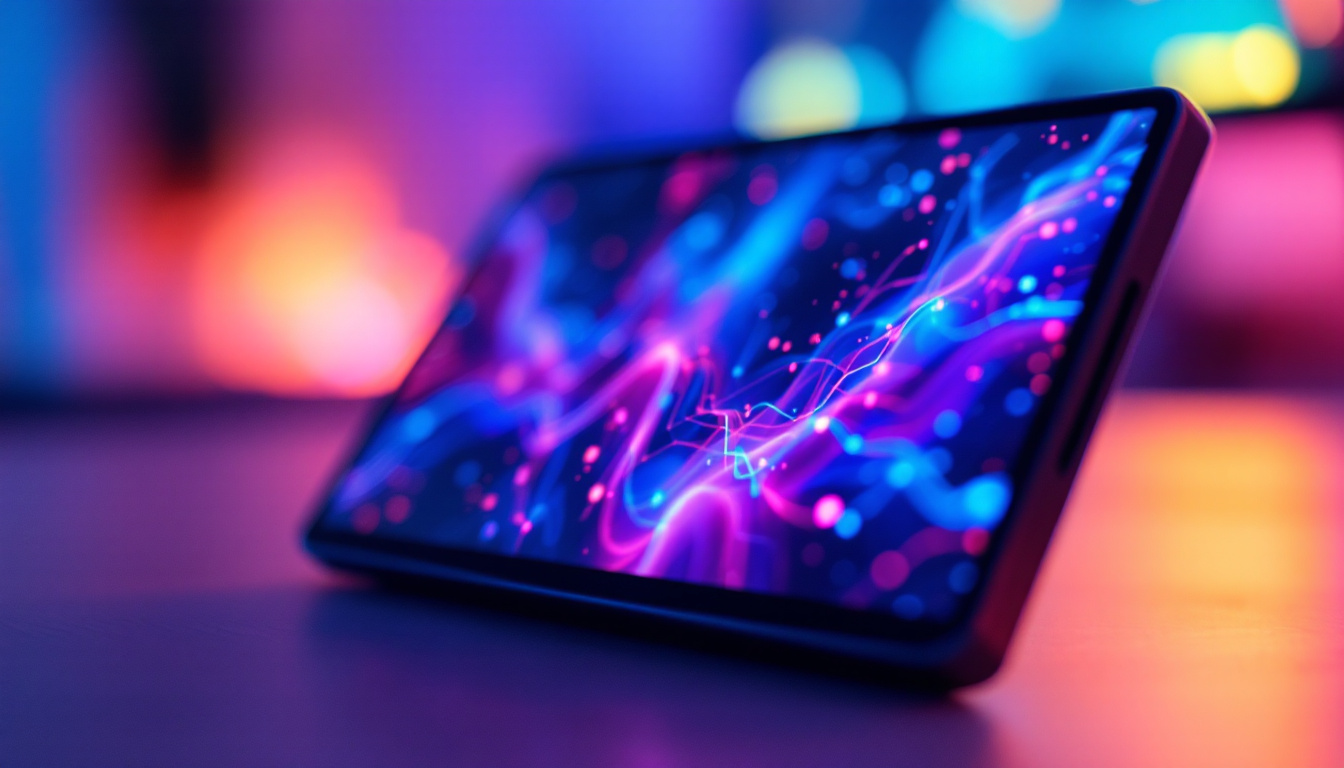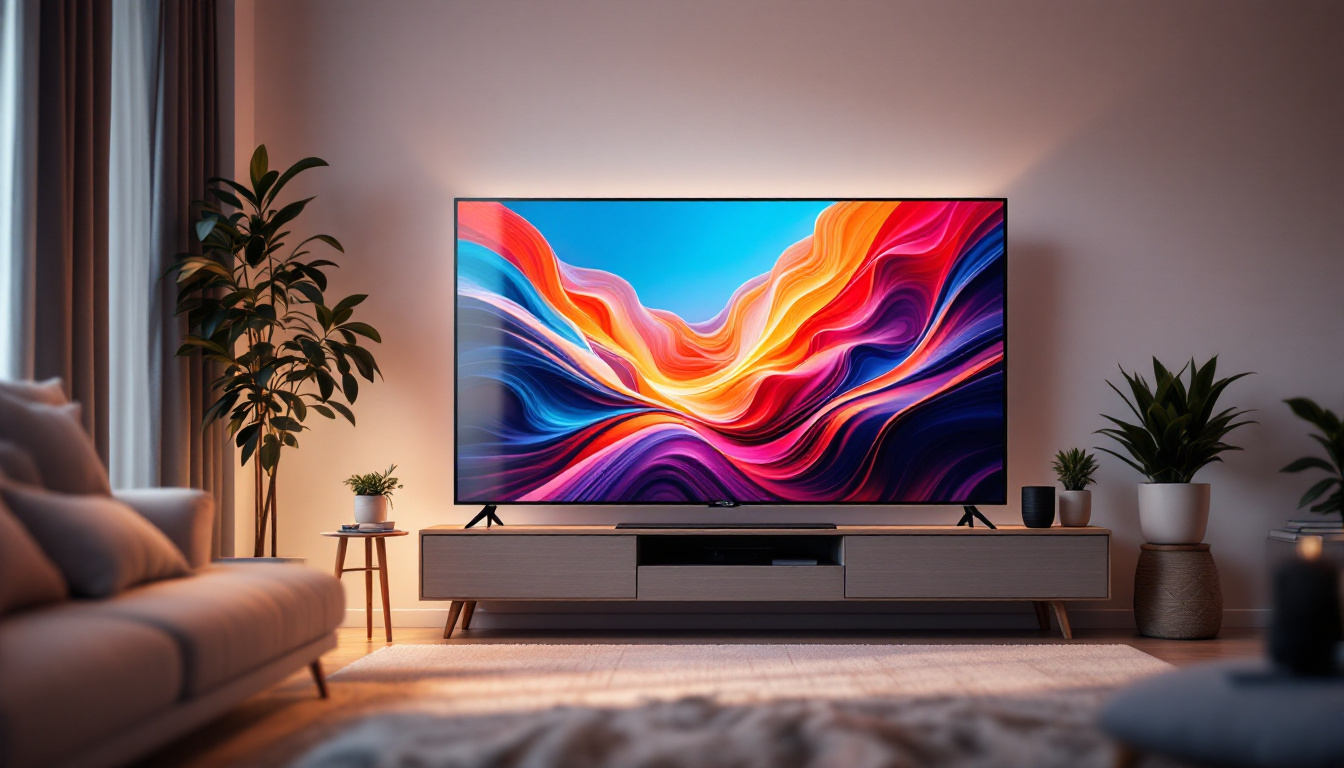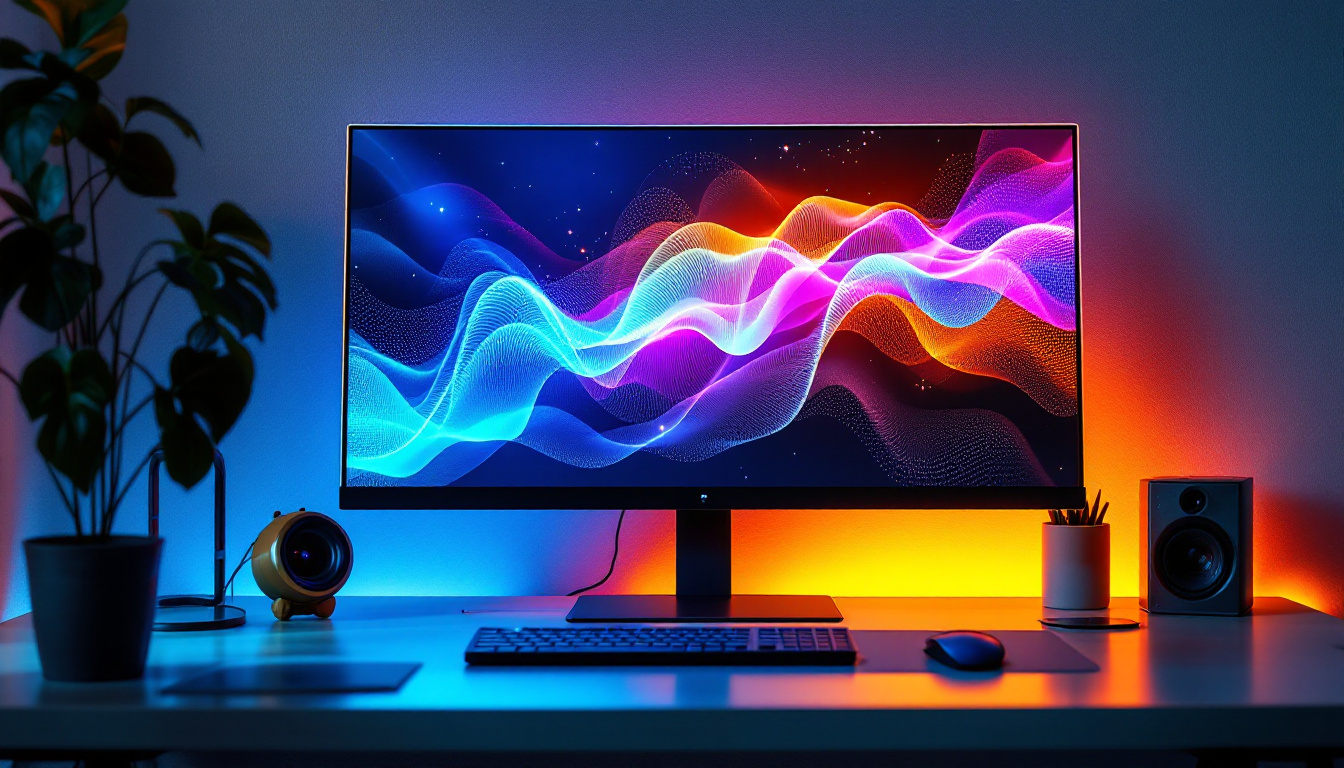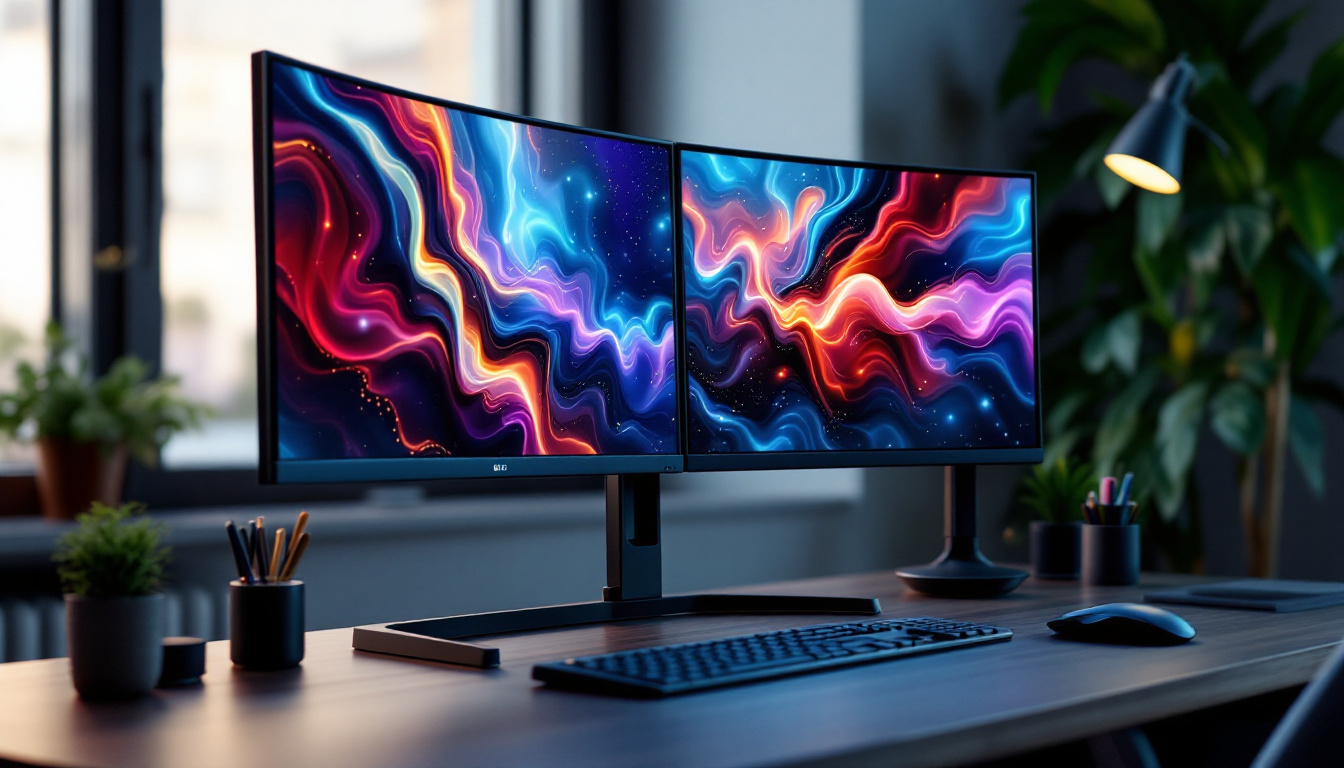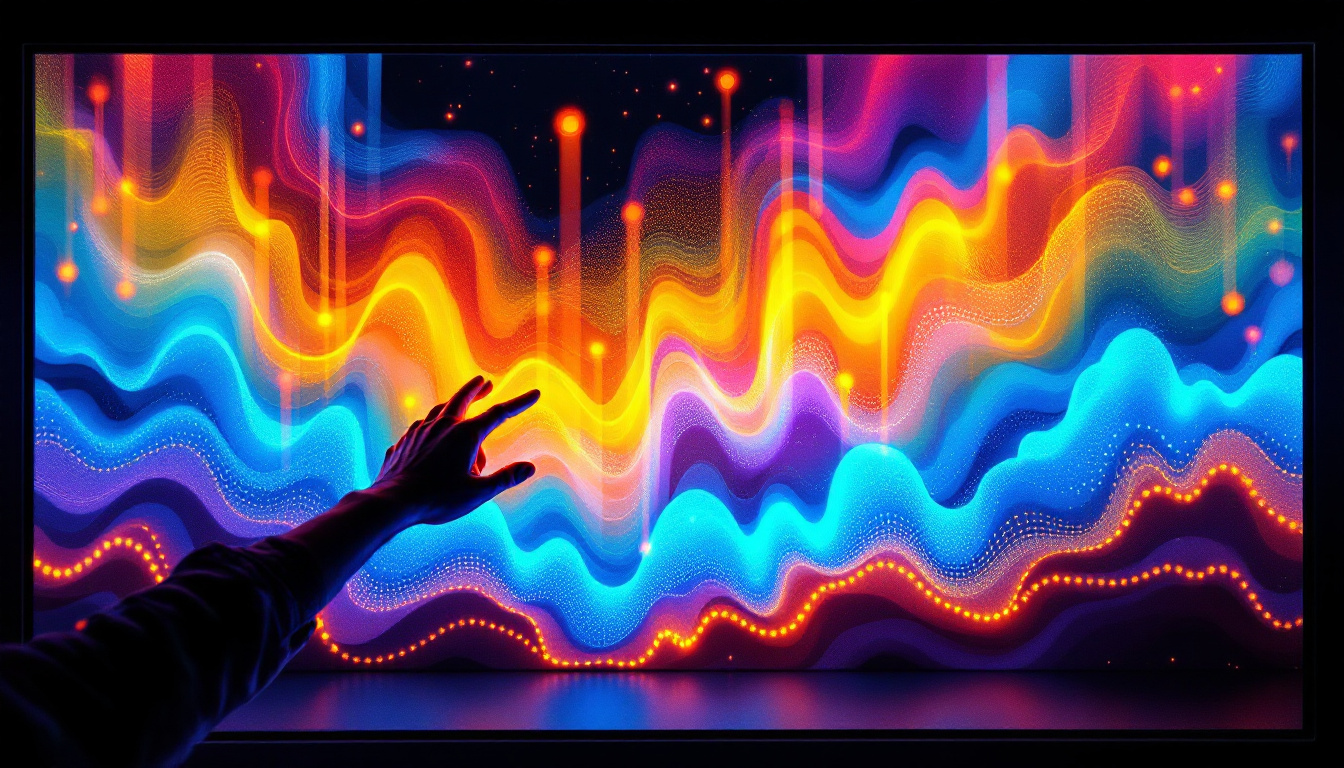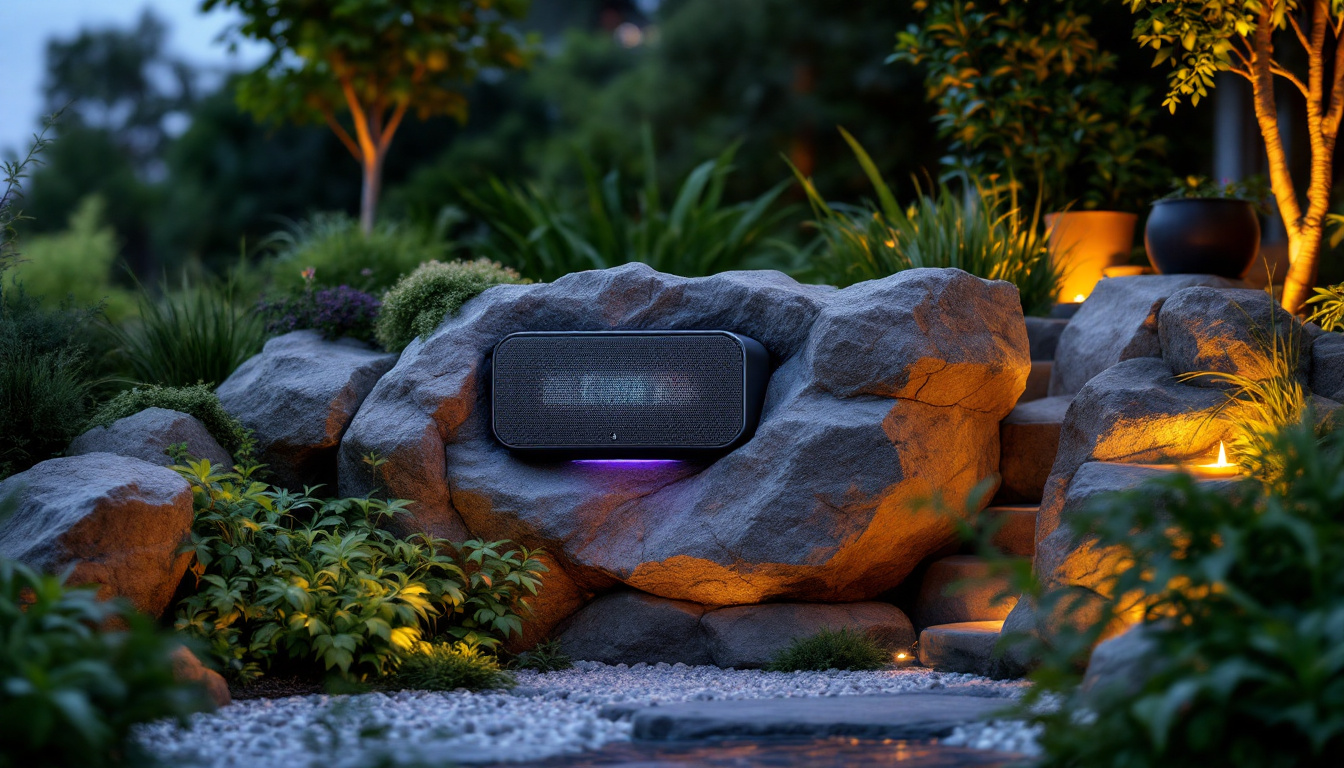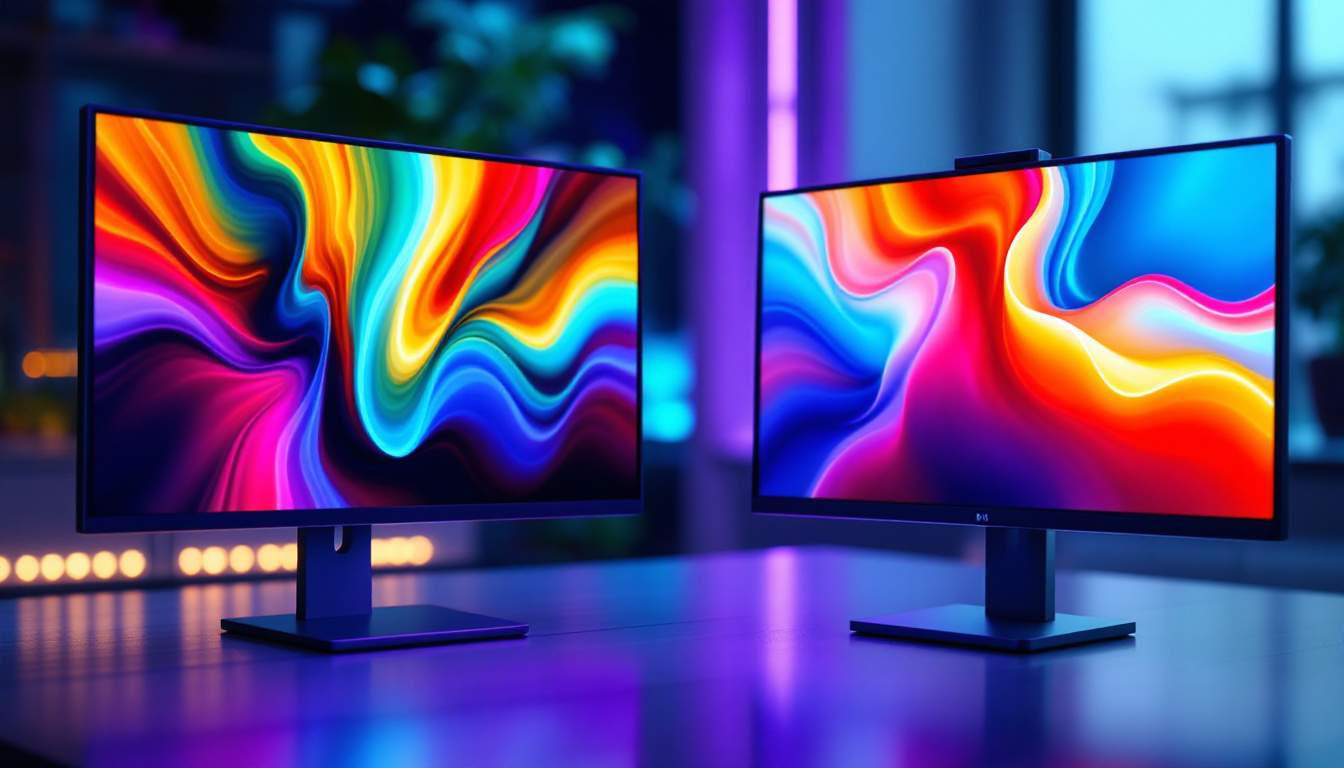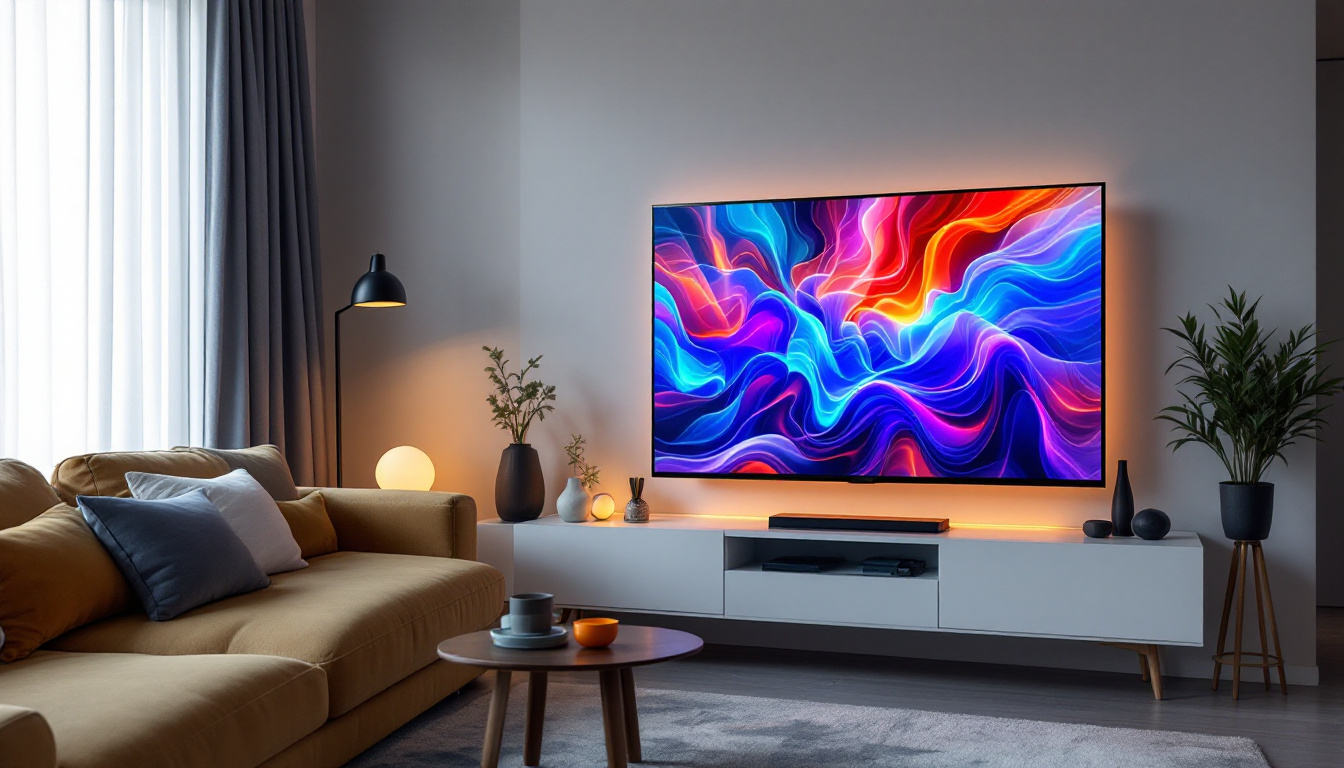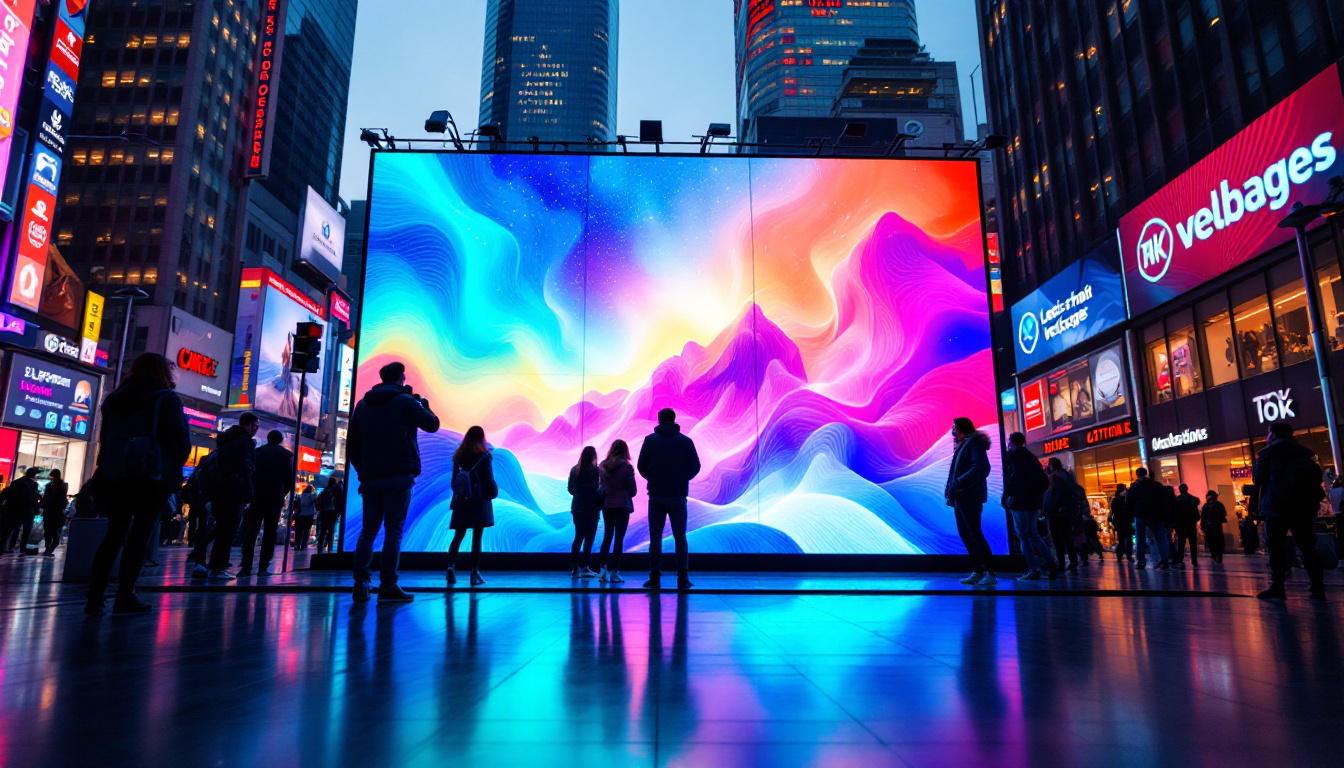In the ever-evolving world of technology, LED displays have emerged as a critical component in various industries, from advertising to architectural design. One of the leading tools that facilitate the integration of LED technology into design workflows is Clarity Revit. This article delves into the functionalities, benefits, and applications of Clarity Revit’s LED display capabilities, providing a comprehensive understanding of how this tool can enhance design processes.
Understanding Clarity Revit
Clarity Revit is a powerful plugin designed for Autodesk Revit, a widely-used Building Information Modeling (BIM) software. This plugin enhances Revit’s capabilities, allowing users to streamline their workflows and improve project outcomes. The integration of LED display technology into Revit through Clarity offers architects, engineers, and designers a unique opportunity to visualize their projects in a more dynamic and engaging manner.
The Role of LED Displays in Modern Design
LED displays have revolutionized the way information is presented in both public and private spaces. Their bright colors, high resolution, and adaptability make them ideal for a wide range of applications. In architectural design, LED displays can serve as focal points, enhancing the aesthetic appeal of buildings while also providing functional benefits, such as wayfinding and information dissemination.
Moreover, the ability to integrate LED technology into the design phase allows for more accurate visualizations, helping stakeholders understand how a project will look and function in real life. This is where Clarity Revit plays a crucial role, bridging the gap between design and execution. By facilitating the incorporation of LED displays into the architectural narrative, Clarity empowers designers to create immersive environments that can adapt to various contexts, whether for retail spaces, public installations, or corporate environments. The versatility of LED technology means that designers can craft experiences that are not only visually striking but also responsive to the needs of users and the surrounding environment.
Key Features of Clarity Revit
Clarity Revit offers a suite of features that enhance the design process, particularly in relation to LED displays. Some of the key functionalities include:
- Real-time Visualization: Clarity Revit allows users to visualize LED displays in real time, providing immediate feedback on design choices.
- Customizable Display Options: Users can customize LED display settings, including size, resolution, and content, to match project specifications.
- Integration with BIM Workflows: The plugin seamlessly integrates with existing BIM workflows, ensuring that LED displays are accurately represented in the overall project model.
In addition to these features, Clarity Revit also supports collaborative design processes. By enabling multiple users to view and interact with the LED display configurations simultaneously, teams can engage in more productive discussions and make informed decisions quickly. This collaborative aspect is essential in large-scale projects where input from various stakeholders is crucial for success. Furthermore, the plugin’s ability to generate detailed reports on display performance and placement enhances the decision-making process, ensuring that every aspect of the design is optimized for both functionality and visual impact.
The Benefits of Using Clarity Revit for LED Displays
Utilizing Clarity Revit in the design of LED displays offers several advantages that can significantly improve project outcomes. These benefits extend beyond mere aesthetics, impacting functionality, collaboration, and efficiency.
Enhanced Collaboration
One of the primary benefits of Clarity Revit is its ability to facilitate collaboration among project stakeholders. By providing a shared platform for visualizing LED displays, architects, engineers, and clients can engage in more productive discussions. This collaborative approach helps to identify potential issues early in the design process, allowing for timely adjustments and reducing the likelihood of costly changes later on. Furthermore, the real-time feedback feature enables team members to share insights and suggestions instantly, fostering a more inclusive environment where every voice can contribute to the design’s success.
Improved Design Accuracy
Clarity Revit enhances design accuracy by allowing users to simulate how LED displays will interact with their environment. This includes considerations such as lighting conditions, viewing angles, and spatial relationships. By visualizing these factors in advance, designers can make informed decisions that lead to more successful project outcomes. Additionally, the software’s ability to incorporate data from various sources, such as environmental studies and user behavior analytics, allows for a more comprehensive understanding of how the display will perform in real-world scenarios. This level of detail ensures that the final design not only meets aesthetic goals but also functions optimally in its intended setting.
Streamlined Workflow
Integrating LED displays into the design process can often be cumbersome, but Clarity Revit streamlines this workflow. The plugin automates many of the tasks associated with LED display design, such as generating detailed specifications and ensuring compliance with industry standards. This automation not only saves time but also reduces the risk of human error, leading to more efficient project delivery. Moreover, the ability to easily update designs and specifications in real-time means that any changes made during the project can be instantly reflected across all relevant documentation. This feature not only enhances efficiency but also ensures that all team members are working with the most current information, further minimizing the potential for miscommunication and mistakes.
Applications of Clarity Revit’s LED Display Capabilities
The applications of Clarity Revit’s LED display functionalities are vast and varied. From commercial buildings to public installations, the ability to design and visualize LED displays can enhance a wide range of projects.
Commercial Spaces
In commercial environments, LED displays are often used for advertising and branding purposes. Clarity Revit enables designers to create visually striking displays that attract attention and communicate messages effectively. By simulating how these displays will look in situ, designers can ensure that they align with the overall aesthetic of the space.
Public Installations
Public installations, such as transportation hubs and civic buildings, benefit greatly from the integration of LED displays. These displays can provide essential information to the public, such as schedules, directions, and safety messages. Clarity Revit allows for the design of these displays to be integrated seamlessly into the architecture, ensuring that they are both functional and visually appealing.
Event Spaces
For event spaces, LED displays can serve as dynamic backdrops, enhancing the overall experience for attendees. Clarity Revit enables designers to visualize how these displays will interact with other elements of the event space, such as lighting and seating arrangements. This level of detail ensures that the final design meets the needs of both the event organizers and the audience.
Challenges and Considerations
While Clarity Revit offers numerous benefits, it is essential to consider some challenges that may arise during the design process. Understanding these challenges can help designers navigate potential pitfalls and create more successful projects.
Technical Limitations
Despite its advanced capabilities, Clarity Revit may have technical limitations that users need to be aware of. For instance, the software may require specific hardware configurations to function optimally, particularly when handling large-scale projects with complex LED display designs. Ensuring that the necessary resources are in place can help mitigate these issues.
Learning Curve
As with any sophisticated software, there is a learning curve associated with Clarity Revit. Users may need to invest time in training and familiarization to fully leverage the plugin’s features. However, the long-term benefits of mastering the tool can far outweigh the initial investment in time and resources.
Cost Considerations
Integrating LED displays into a project can also come with significant costs, both in terms of materials and installation. While Clarity Revit can help streamline the design process, it is essential for project stakeholders to conduct thorough cost analyses to ensure that the project remains within budget. Understanding the financial implications of LED display integration can lead to more informed decision-making.
Future Trends in LED Display Technology
The landscape of LED display technology is continually evolving, with new advancements emerging regularly. Staying informed about these trends can help designers leverage the latest innovations to enhance their projects.
Advancements in Display Technology
Recent advancements in LED technology have led to improvements in resolution, energy efficiency, and flexibility. For instance, the development of microLED and OLED technologies has opened up new possibilities for high-quality displays that can be used in various applications. These advancements will likely influence how designers approach LED display integration in the future.
Integration with Smart Technologies
As smart technologies become increasingly prevalent, the integration of LED displays with IoT devices and smart building systems is expected to grow. This integration can enhance the functionality of LED displays, allowing them to provide real-time information and interact with users in innovative ways. Clarity Revit will need to adapt to these changes, ensuring that designers can effectively incorporate smart technologies into their projects.
Sustainability Considerations
With growing awareness of environmental issues, sustainability is becoming a key consideration in the design of LED displays. Designers are increasingly looking for ways to minimize energy consumption and reduce waste during the production and installation of displays. Clarity Revit can play a role in this by allowing designers to simulate the environmental impact of their choices and make more sustainable decisions.
Conclusion
Clarity Revit offers a powerful solution for integrating LED display technology into architectural design. By enhancing collaboration, improving design accuracy, and streamlining workflows, this plugin empowers designers to create visually stunning and functional projects. As the landscape of LED technology continues to evolve, staying informed about trends and challenges will be essential for leveraging the full potential of Clarity Revit.
Ultimately, the integration of LED displays into design processes not only enhances the aesthetic appeal of projects but also improves functionality and user experience. By embracing tools like Clarity Revit, designers can ensure that they remain at the forefront of innovation in the ever-changing world of technology.
Discover LumenMatrix LED Display Solutions
Ready to elevate your architectural projects with the latest in LED display technology? Explore LumenMatrix’s comprehensive range of innovative LED solutions, from Indoor and Outdoor LED Wall Displays to specialized options like Vehicle, Sports, and Floor LED Displays. With our commitment to revolutionizing visual communication, LumenMatrix is your partner in creating immersive environments that captivate and engage. Check out LumenMatrix LED Display Solutions today and bring your designs to life with unparalleled clarity and impact.

